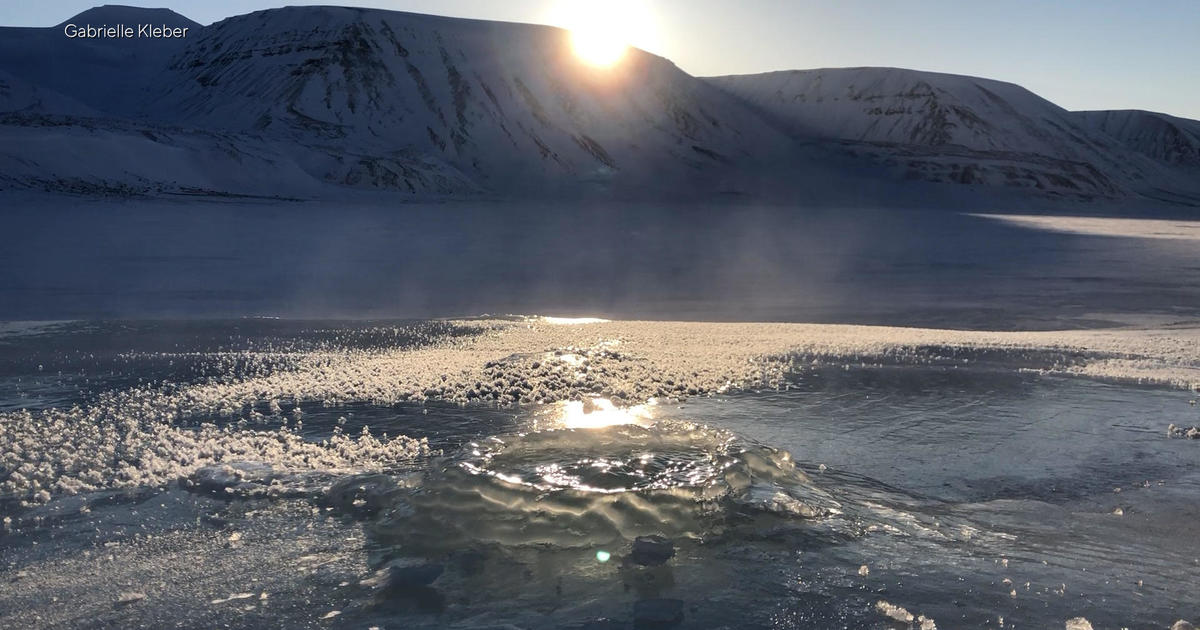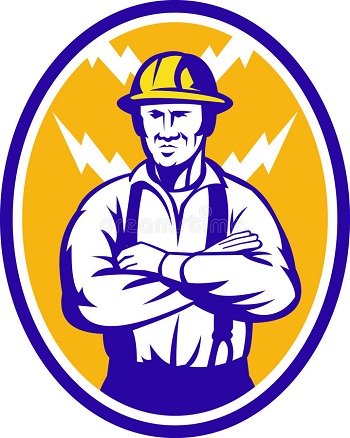Thats exactly the reason why I become a doomer.
Its always like that in life.
You do and you learn until you become confident in your abilities (thats anyway whisful thinking related to climate crisis awareness) and then life comes and bitchslaps you in the face.
I mean, we are not even halfway on track and the only certainty we have is that we know nothing.
Not even what we dont know.
And thats what really grinds my gears. We are literally driving blindfolded against a wall. And capitalism is in addition keeping our eyes shut (just in case) and pushing the gaspedal.
This doesn’t seem like news to me …
Haven’t we known this for at least a decade?
Permafrost, yes, but I don’t know if the land under glaciers had been included even though it might still be permafrost.
When I hear “permafrost”, I think not of land under glaciers, but the underground layer of ground that stays below freezing even when the topsoil thaws in summer.
Stephen Baxter wrote about this quite a while ago. It’s a thing!
Potentially? Seems highly likely to me.
I came to type potentially with a question mark and you beat me to it. I would go with definately and already has. Permafrost started melting in the early 20teens.
This is the best summary I could come up with:
As mighty glaciers melt in the Arctic, new research finds million-year-old methane gas trapped beneath the ice is surfacing, with a potential to further warm the planet.
“Glacial retreat is the big driver of gas escape here,” said Andy Hodson, a glaciologist at the University Centre in Svalbard, Norway.
Across Svalbard, a cluster of islands close to the North Pole, Hodson and his colleagues are detecting methane gas gurgling up through groundwater springs.
Twice a year, Kohler visits a remote outpost called Ny Alesund, home to the world’s northernmost research station.
“The problem is when there’s less winter precipitation up there, and then that large amount of melting, means that there’s an overall loss,” Kohler said, standing close to the face of the glacier.
Take an adventure to Svalbard, Norway in this special interactive web page and learn how climate change is impacting communities across our country too.
The original article contains 848 words, the summary contains 148 words. Saved 83%. I’m a bot and I’m open source!





